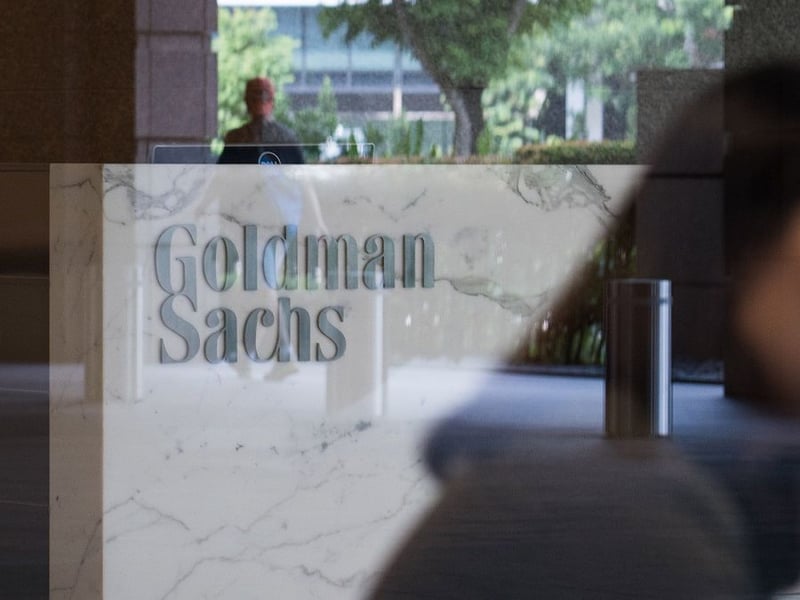

High valuations won’t be a barrier to increased stock allocations next year due to a lack of alternatives and big cash piles, according to Goldman Sachs Group Inc.
Record allocations by households, foreign investors, mutual and pension funds are set to climb even higher in 2022, Goldman strategists led by David Kostin wrote in a note Friday. This belies the argument that stocks have reached unsustainable heights, with Bank of America Corp. recently saying valuations have accelerated to “extremes.”
Goldman’s gung-ho view on stocks comes amid growing expectations that the Federal Reserve will hike interest rates faster and more aggressively starting toward the end of next year. It sees the 10-year Treasury yield rising to 1.8% in 12 months, and expects both investment-grade and high-yield bond spreads to widen — which the bank’s strategists say will make them unappealing to investors.
Equity allocations, already at an all-time high of 52%, are on the rise because cash yields are near zero and households own half of the $28 trillion of U.S. cash assets, the strategists wrote.
Goldman expects companies to have $350 billion of net demand for stocks next year due to record buyback authorizations and strong merger-and-acquisition activity. Households and foreign investors will be net buyers of $300 billion, and mutual and pension funds will sell a net $400 billion, it said.

From outstanding individuals to innovative organizations, find out who made the final shortlist for top honors at the IN awards, now in its second year.

Cresset's Susie Cranston is expecting an economic recession, but says her $65 billion RIA sees "great opportunity" to keep investing in a down market.

“There’s a big pull to alternative investments right now because of volatility of the stock market,” Kevin Gannon, CEO of Robert A. Stanger & Co., said.

Sellers shift focus: It's not about succession anymore.

Platform being adopted by independent-minded advisors who see insurance as a core pillar of their business.
RIAs face rising regulatory pressure in 2025. Forward-looking firms are responding with embedded technology, not more paperwork.
As inheritances are set to reshape client portfolios and next-gen heirs demand digital-first experiences, firms are retooling their wealth tech stacks and succession models in real time.
